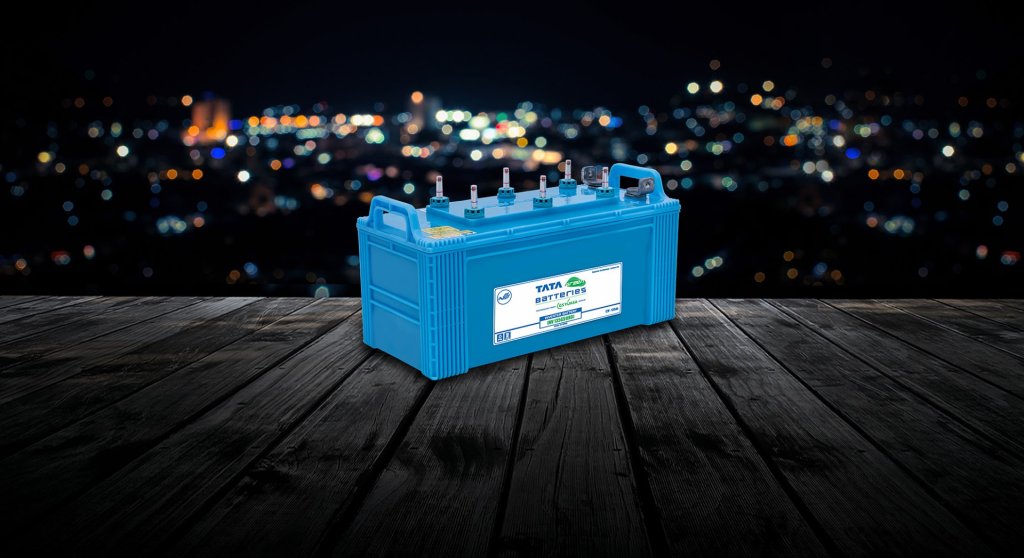Depending on where you live in the world, it’s easy to get used to the convenience of having AC power. But in many places, AC power isn’t possible, or it isn’t enough to do the job.
That’s when an inverter battery comes in handy. These batteries were created for rougher environments like severe temperatures, power outages, and other hardy purposes.
To use the battery, you need an inverter. But the part of the system that truly matters the most is the battery itself. You don’t want to use a generic battery that will die before you get your job done.
Before you add an inverter battery to your cart, read this buyer’s guide to help you make the most informed decision possible.
What Does an Inverter Battery Do?
You’re shopping for a battery, but if you don’t know what it’s designed for, you could be wasting your money. Remember how you spend on the solar heaters for the shed.
An inverter battery provides a low voltage current instead of higher wattage power. Because it’s so low, you can use the energy for more extended periods. This makes it an excellent choice as a backup for your electronics and other sensitive equipment.
Inverters “invert” the DC current from a machine and turn it into AC current. Since the majority of electronics and appliances run on AC, having an inverter can turn a perfectly fine but “useless” machine into something you can use every day.
However, you’ll need the best inverter batteries in India or your current location to ensure the most prolonged use possible. With a strong battery, the electric charge can be adjusted as needed to maximize the power.
Types of Inverter Batteries
Using a reliable brand is one thing, but even then, you’ll have to decide between the different types of inverter batteries on the market. You’ll see GEL, flat plate, and tubular plate batteries. Each one has its advantages, which are summarized here:
- GEL batteries work like lead-acid batteries but with the addition of silica. If you use a GEL battery, you can leave it alone for long periods without worrying about corrosion or loss of charge. Another plus about GEL batteries is that they’re environmentally friendly, making them a popular choice for people trying to go green.
- Flat plate inverter batteries are literally flat. The design is simple, with a positive and negative plate and a lead-acid component. The structure of the battery transmits the electricity that comes from the negative and positive plates. The reactive chemicals in the batter generate the electricity and send it where it needs to go, spreading across the surface area for fast currents.
- Tubular plate batteries have the same basic components as the flat plate versions, with a lead-acid makeup and positive and negative plates. However, the structure of the positive plate is tube-shaped, and the negative plate remains flat. Because of the tubular covering around the reactive chemicals, this part is protected and lasts longer.
Inverter batteries of all types will charge quickly and generate a lot of current, so they’re cost-efficient.
Since they’re reliable and eco-friendly, you can’t go wrong with any of these batteries as long as the manufacturer is reputable. So that you can enjoy air conditioners rather than surviving on fans when there is no electricity. Keep in mind that the type you choose should match the reason you’re investing in an inverter battery.

